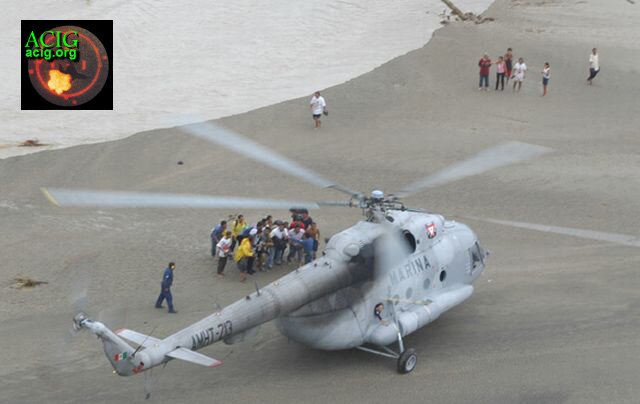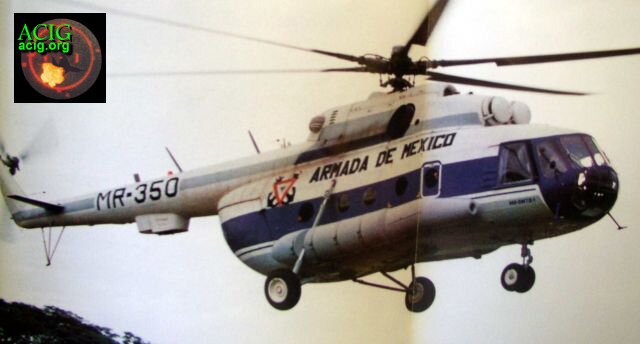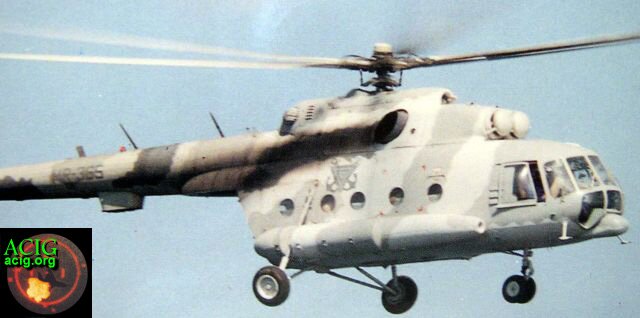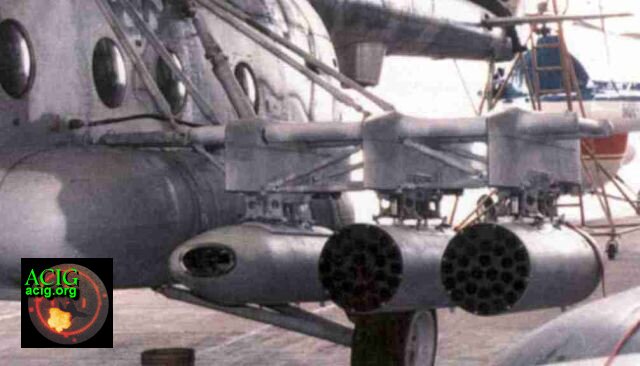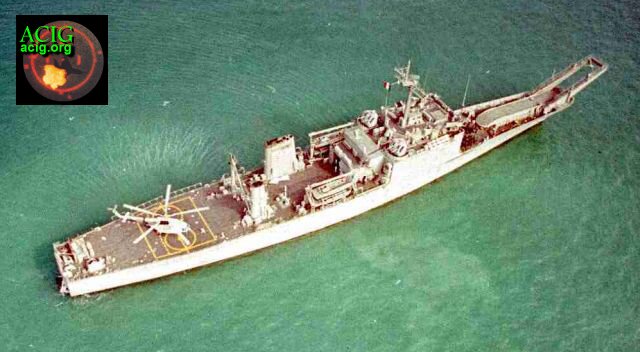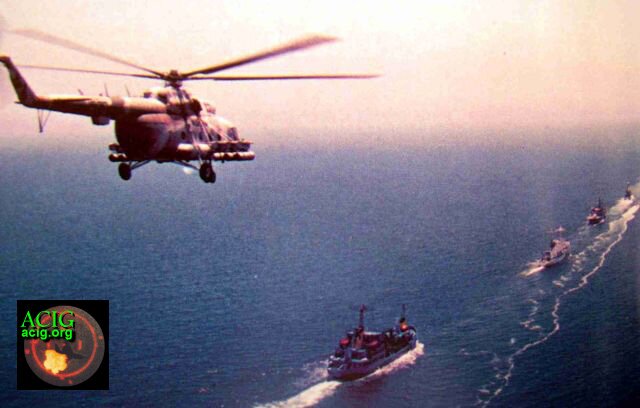From ACIG.org
Central and Latin America Database
Mexican Naval Mil Mi-17s
By Mario Alejandro Martínez Hernández
Aug 13, 2005, 02:13
The Mexican Naval force received its first Mil Mi-17s on 15 March 1995, at the naval air station in Veracruz. After successful flight-testing, a total of 25 airframes were purchased via the Russian arms export company Rosobornoexport.
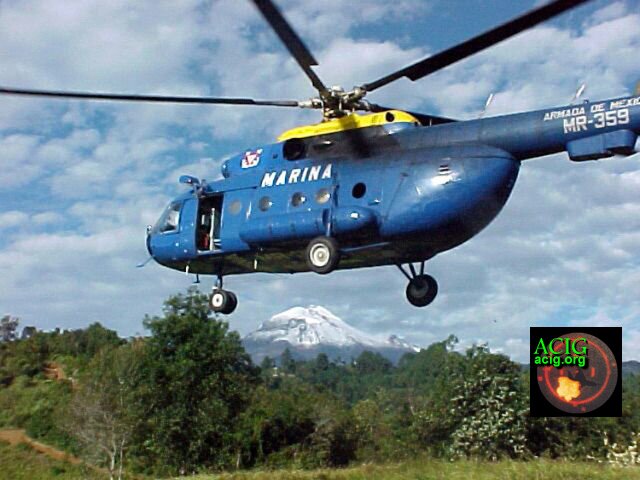 |
| (All photos: Mexican Department of Navy via author) |
This was the first time for Mexico to acquire Russian-made equipment instead of more usual aircraft and helicopters purchased from the USA or Europe.
Mexican Mi-17s made their first public appearance on 15 September 1995, participating on a military parade in Mexico City, astonishing the public by their size and sound.
Meanwhile, Mexican naval Mi-17s are deployed in five squadrons, each operating five helicopters, including the following units:
- PRIESCAMET (first squad)
- SEGESCAMET (second squadron)
- TERESCAMET (third squadron)
- CUARESCAMET (fourth squadron)
Escamet stands for “Escuadron de ala movil de exploracion y transporte” – or Airmobile exploration and transport squadron.
Primarily roles on these helicopters are cargo and personnel transport, support for the immediate reaction forces, ground and marine interception. Secondary roles are maritime surveillance of territorial waters, coast guard, close air support, infiltration and extraction of special forces, search and rescue, medical evacuation, and reconnaissance.
Originally, all helicopters were delivered in colours of the Russian national airline Aeroflot. They were painted in white, with blue cheat lines along the fuselage. The Mexicans oversprayed most of their early Mi-17s in blue overall, and applied yellow badges of the Naval Aviation before the final camouflage pattern – consisting of two shades of grey – was applied on the whole fleet.
The main armament of the Mi-17s in Mexican services are heavy machine-guns and unguided rockets. There are two mounts for machine-guns, while gun- and rocket pods are carried on standard triple racks for stores on each side. Such configuration was foremost required for the helicopters to be able to provide heavy firepower for support of naval reaction forces (Mexican Marines), then Mexican navalized Mi-17s became the primary mean of transport and support of these units.
As of 1995, the Mexican Navy warships were unable to carry Mi-17s because of their size. Correspondingly, modifications and upgrades were applied on transport ships Papaloapan and Usumacinta to enable them operations of larger helicopters.
So far, the Mexican Naval Aviation did not suffer any losses of Mi-17s in operations. On the contrary, all reports confirm their very good condition, and high level of satisfactory experiences by their Mexican crews and maintainers.
© Copyright 2002-3 by ACIG.org
|


